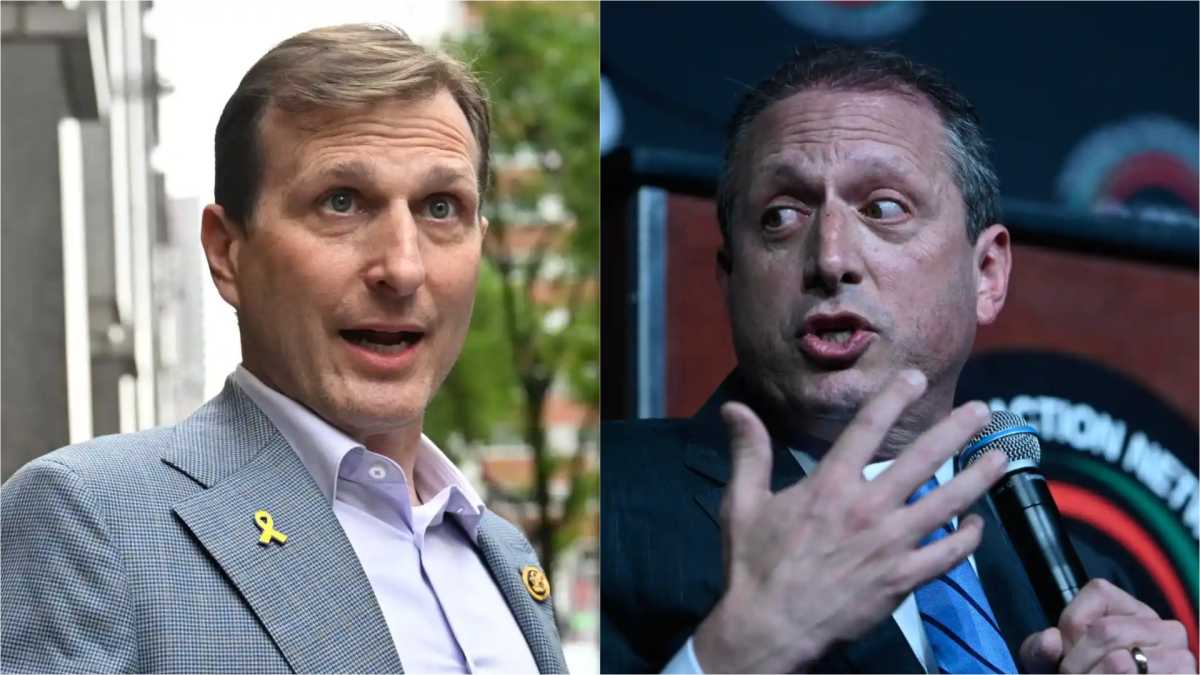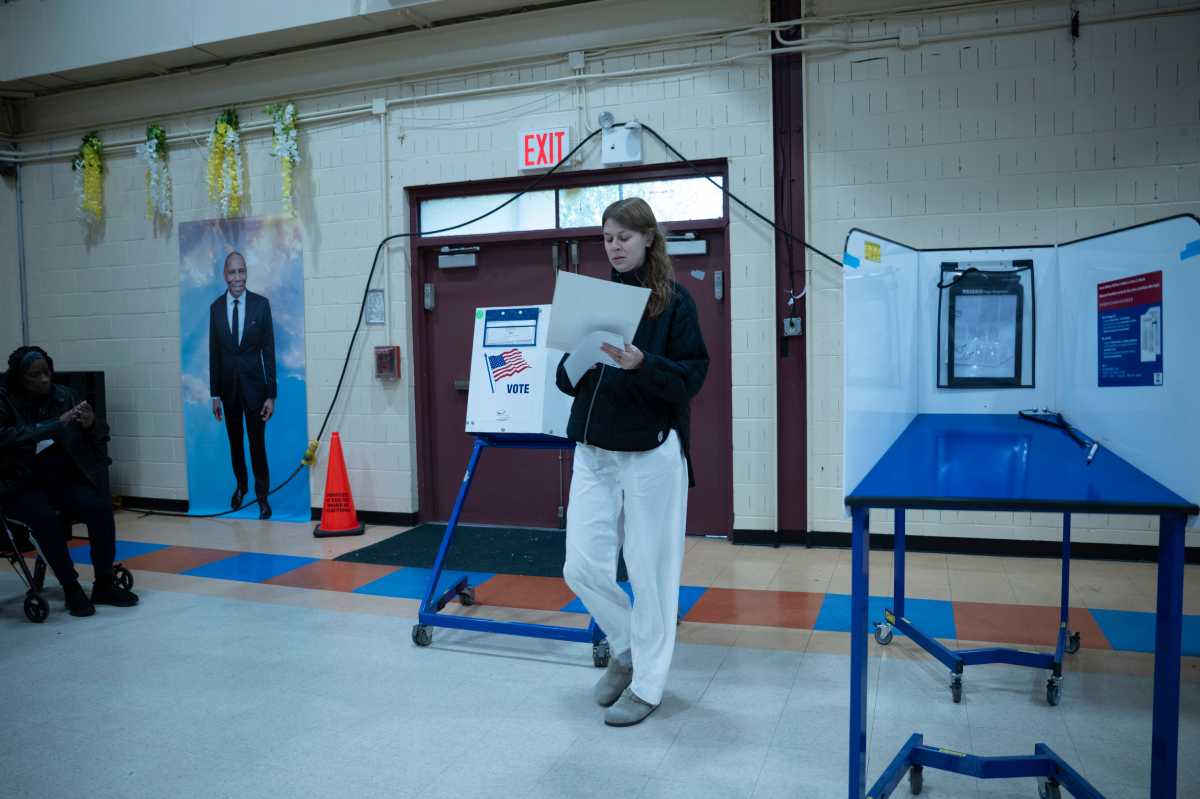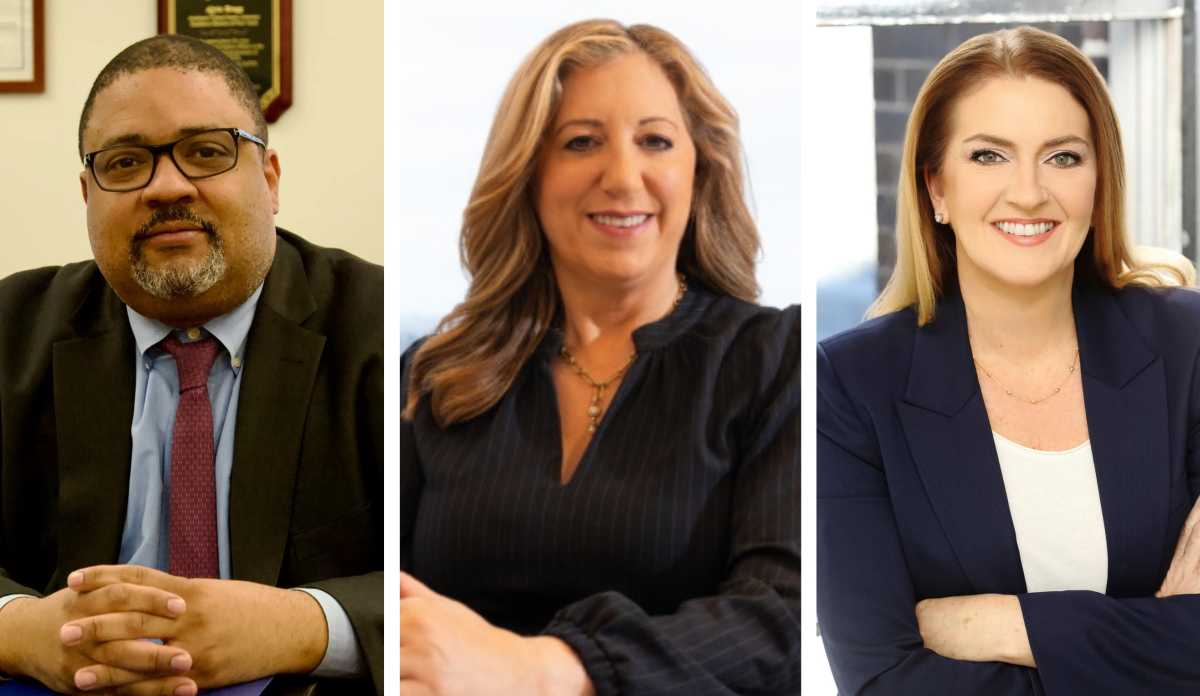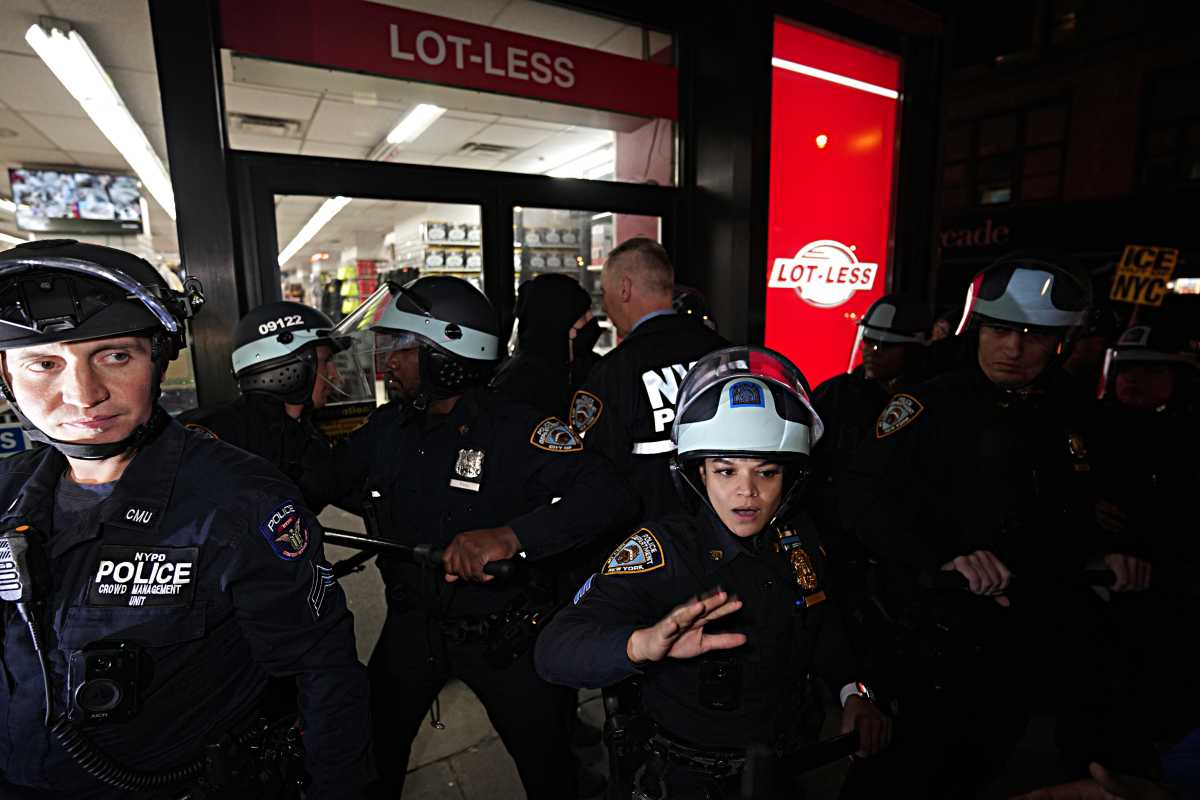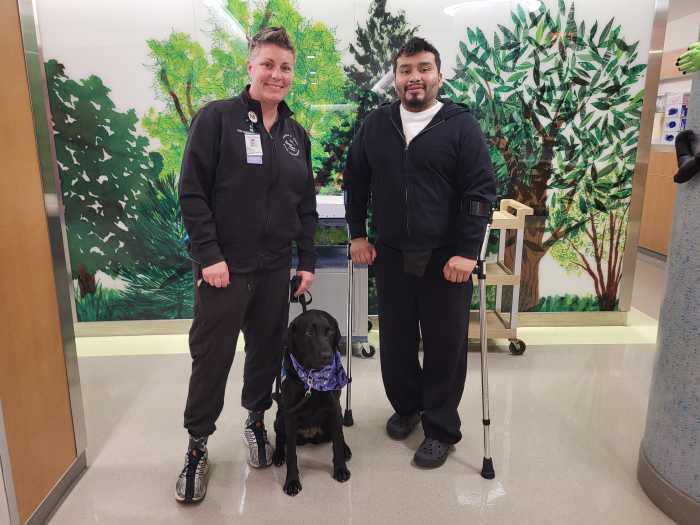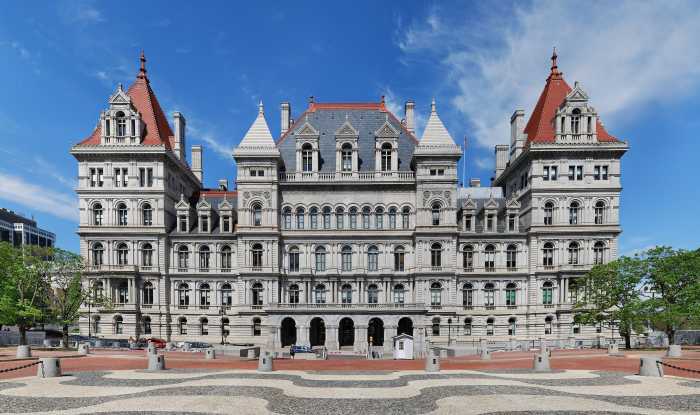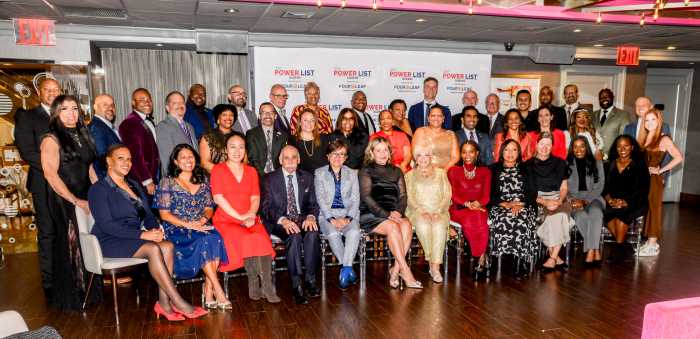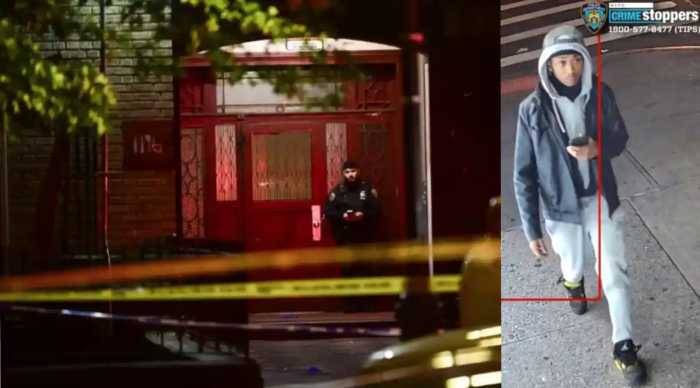This Wednesday, the Two Bridges Neighborhood Council called upon Governor Andrew Cuomo (D) and Mayor Bill de Blasio (D) to prioritize housebound seniors in their vaccination efforts.
President of the Council, Victor Papa, who lives in the Two Bridges neighborhood, underscored the importance of reaching these populations. He stated that those who live in section 202 HUD buildings, private and government-sponsored nursing homes, in NYCHA buildings, and the hundreds of tenements throughout the Lower East Side, must be moved to the front of the vaccination line.
“We make our plea in the atmosphere of these dangerous times, these times when we find the elderly becoming the most vulnerable population with extraordinarily little means to protect themselves from contracting the deadly virus,” said Papa, introducing the issue. He mentioned the tragic passing of two elderly people in a small senior apartment building, just yesterday, from COVID-19. Last month, he said, two others died from the virus.
“All of that adds urgency to our call to the Governor and Mayor to provide more resources and foremost–to finally declare the senior population of our city and state the main priority, restoring to them dignity and hope that they are not forgotten,” he said.
He recognized that the City and State are attempting to mobilize vaccine rollout with speed and urgency. Still, he said, a large portion of New York’s elderly–many of whom do not have an email, let alone the ability to make an online vaccine appointment–are being lost in the gap.
Papa offered as a solution the deployment of mobile units with medical personnel, as well as mobilization of doctors from local municipal hospitals and heath centers. For the Lower East Side, this would be NYC Health + Hospitals/Gotham Health-Gouverneur, Betances Health Center and NENA – Ryan Health.
Luis Caridad, Assistant Director of Good Old Lower East Side (GOLES) emphasized some of Papa’s points regarding the technology barrier.
“Local organizations, nonprofits, NGOs on the ground have very limited resources and support from the city and the state, and we are expected to serve seniors. Because the plans relied heavily on technology, there’s not been very good communication with local organizations to find out how we can be a part of this process of serving seniors,” Caridad said. “We are concerned that even though seniors are put first, they may actually end up being last, when all resources and all attention should have been laser focused on making sure that they had access to the vaccine, not only principle,” he added.
Amy Kam, a social worker who works among the seniors in one of the buildings in the Two Bridges community, brought along a resident to provide firsthand testimony.
“It would be very helpful for the seniors living in the senior building if they could have vaccination at home, especially those who have mobility difficulties. It would allow our seniors to stay safe,” said the senior resident.
During the second half of the conversation, the community called upon their elected officials to make a comment.
On behalf of U.S. Rep. Nadia Velazquez (D-LES, Brooklyn, Queens), Iris Quinones stated that Velazquez would continue advocating for people of color over the age of 65. She said that these residents are far behind in terms of vaccination distribution compared to their white counterparts. In addition, she said, having the vaccination efforts be more accessible to seniors in this community might mitigate some of the vaccine skepticism that exists.
Luke Wolf spoke on behalf of Comptroller Scott Stringer (D). He mentioned the FairShot NYC Plan, which works to ensure that frontline workers, seniors, and New Yorkers of color who have been hardest hit by the virus have equal access to the vaccine. He highlighted the obstacles, language barriers, and technological barriers that their plan attempts to proactively address.
LESREADY’s Ayo Harrington, who has lost a sibling to COVID-19, expressed disbelief at how ineffective and insufficient vaccine rollout has been for so many minority populations.
“1,500 doses of the vaccine fit in a shoebox. In a small vial, there are 10 doses of the vaccine. The Moderna vaccine does not require sub-zero temperature control, they’re stored in refrigerators the size you might buy for your kid in college. The ability to control temperature in trucks exists, it is not rocket science. If they’re prioritizing seniors, why has the city and state not created a rollout program to transport shoe box-sized vaccines to senior housing and places where people are disabled?”
Although vaccinating millions of New Yorkers is a new endeavor for the city and state, these same inequities have been apparent throughout the pandemic, said Claudia Zhu from the New York State Assembly. Not only are vaccines themselves not reaching many marginalized populations, but information and literature about the vaccine is also absent, said Zhu. The barriers blocking seniors and other precarious populations must be torn down, she said.
“Not everything we do we should depend upon the government to do for us,” said Papa. But for this, he said, they need the support of the city and the state. “We need to be concerned about our seniors, they are not indispensable, they are valuable, they have dignity,” he said in closing.



